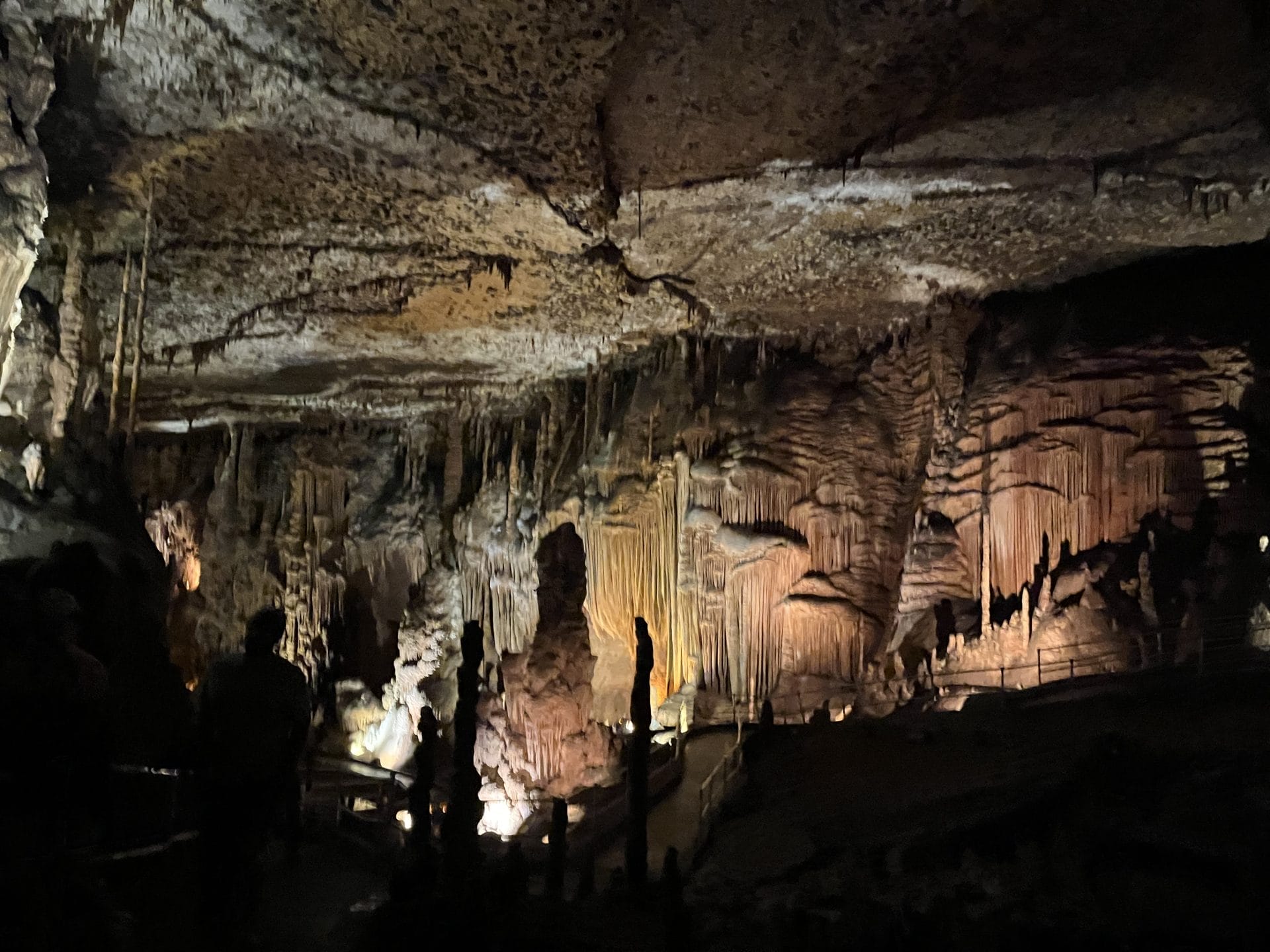

Uh oh...
It appears that you're using a severely outdated version of Safari on Windows. Many features won't work correctly, and functionality can't be guaranteed. Please try viewing this website in Edge, Mozilla, Chrome, or another modern browser. Sorry for any inconvenience this may have caused!
Read More about this safari issue.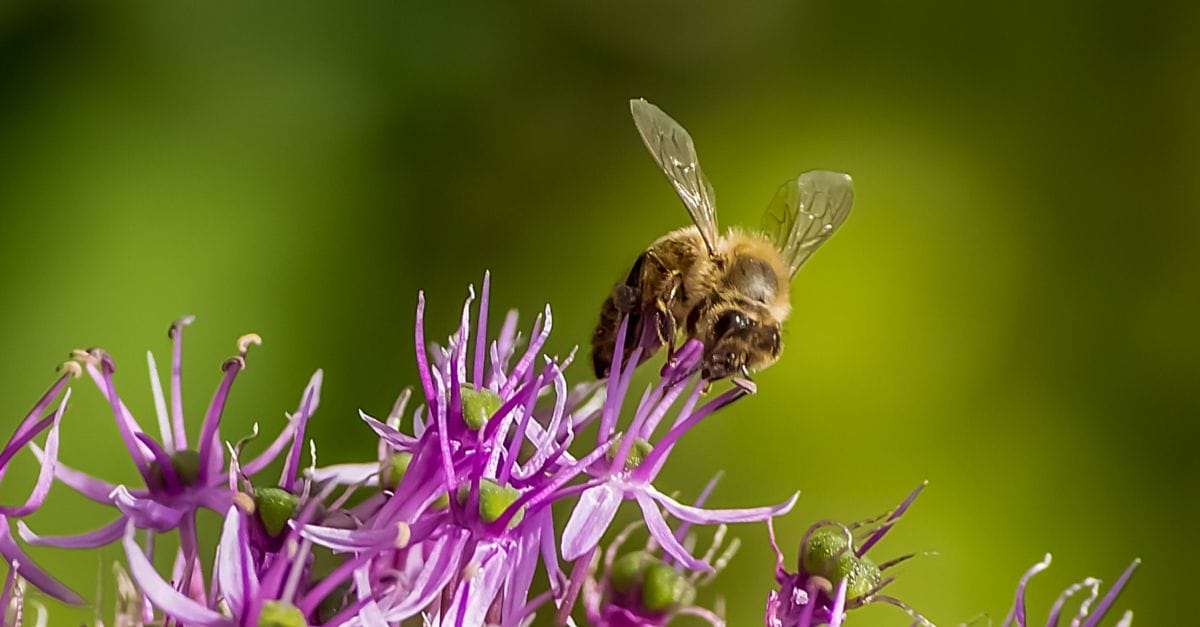

Wild clover is blooming and pollen is flying, and so are the bees! Since 1973, the honeybee (apis mellifera) has been the official insect of the state of Arkansas. The legislation honoring the honeybee with this distinction described the bee’s role in crop pollination – an important aspect for a state as dependent on agriculture as ours is. The honeybee was also commended for its virtues believed to represent the citizens of the state of Arkansas: diligence, hard work, attention to home defense and productivity.
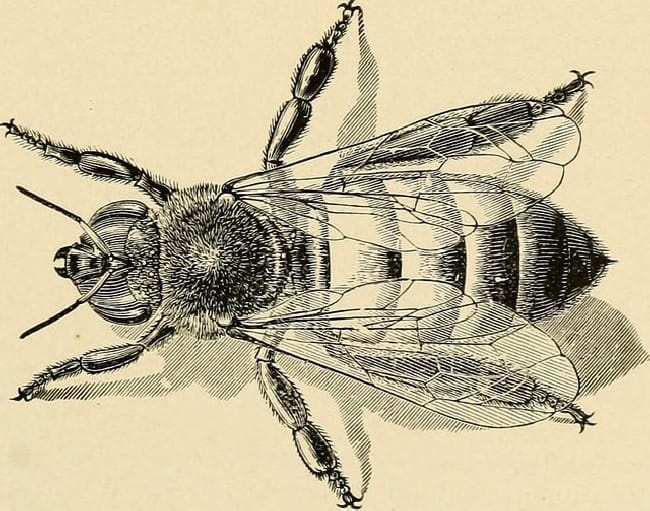
There are 4,000 species of bees found in North America, and hundreds of those are native to Arkansas. But did you know that the honeybee is actually not native to this continent? They were brought here by European settlers. Instead, there are species of “solitary bees” that make up the vast majority of our native species.
These native bees are widely varied in shape, color, size, life style and nesting habits, as well as the types of flowers they collect nectar from and the season in which they are active. They go unnoticed by most of us until we are stung, but they have always been some of the most valuable pollinators in our natural environment.
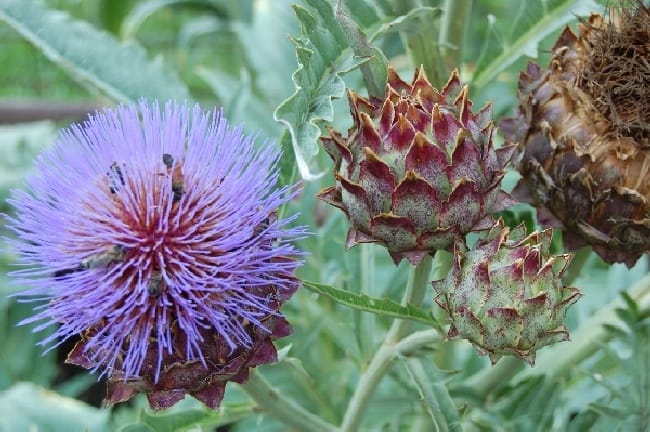
Native bees, often referred to as “solitary bees”, are also the species that are most negatively affected by a loss of natural habitat. Natural areas offer dead trees for “carpenter” bees to bore holes and bare ground t0 provide nesting areas for “miner” bees that live in the ground. When native prairies and forested areas are cleared for development, those bees are pushed out and the natural cycle of pollination is affected.
According to Dr. Don Steinkraus, a beekeeper and instructor in the University of Arkansas entomology department, there are a few things we can do to help our local bees stay healthy and keep doing their part to support the natural beauty Arkansas is known for.
Give them shelter: You can create solitary bee nests by drilling holes into a dead tree or log (soft wood is best). You can also buy them pre-made online and at some farm supply stores. Here’s a PDF that gives great information about building nests for your yard.
Give them food: Before you plant flowers and bushes in your landscape do a little research on the ones that are most attractive to bees and other pollinators. Generally, if you choose flowering plants that are native to your particular region you will attract native bees. For some specific plant ideas, take a look at this website for a selection of regionally-organized guides.
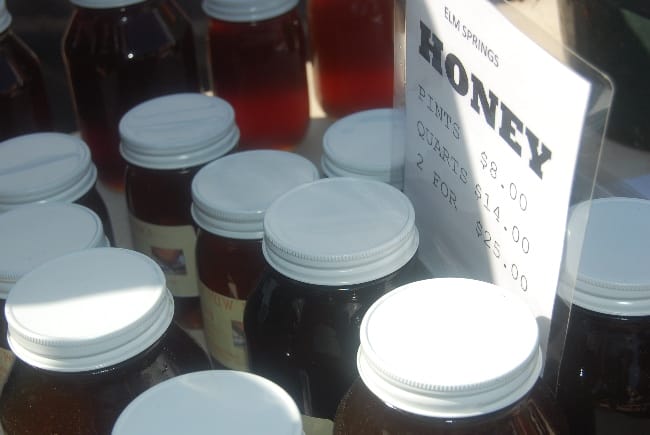
Support your local beekeeper! When you buy honey from local beekeepers you help them keep doing what they are doing – raising happy, healthy bees that are pollinating our crops and wild landscapes.
For more fascinating information about bees in Arkansas, take a look at this information from the University of Arkansas Division of Agriculture.
We do the work.
You check your email.
Sign up for our weekly e-news.
Get stories sent straight to your inbox!







Like this story? Read more from Laurie Marshall
Many Arkansans know the name Miller Williams, the Arkansas-born poet who...
After July 4, we don’t have anything official to celebrate until Labor...
When I was a girl, my grandmother took me to visit the Ozark Native Craft...
Join the Conversation
Leave a Comment